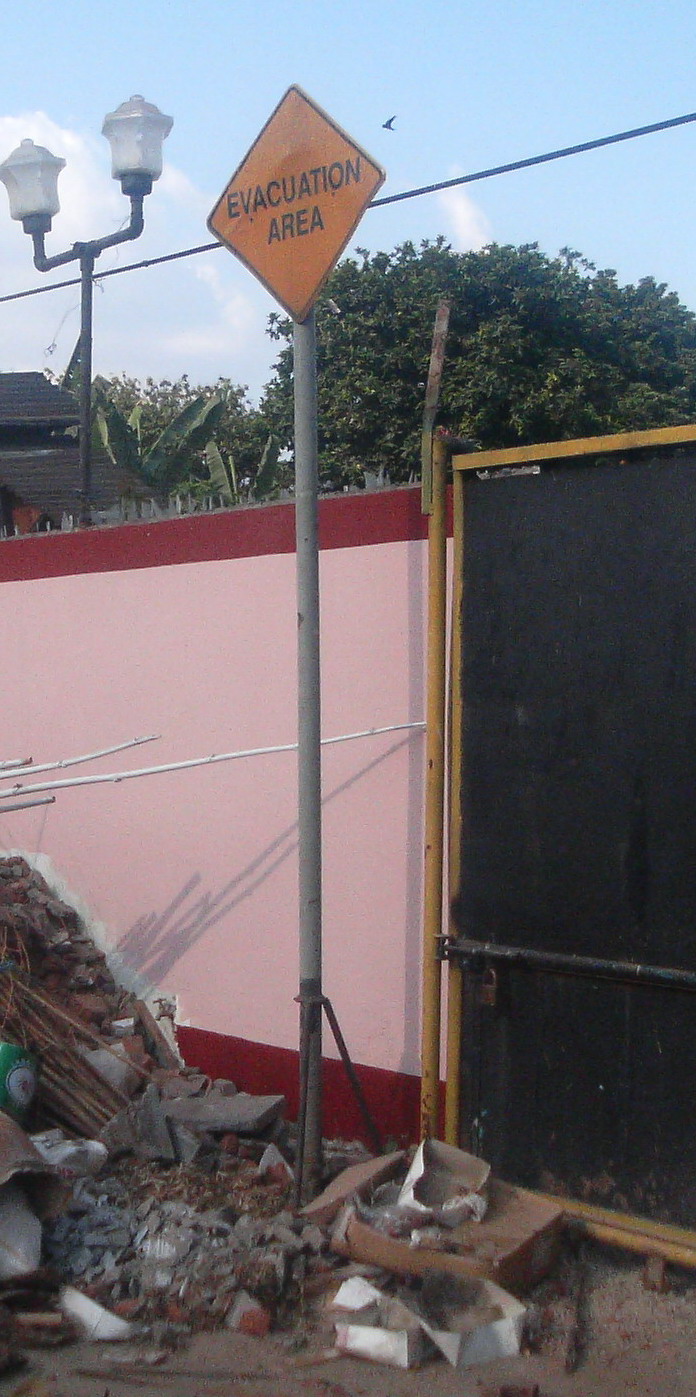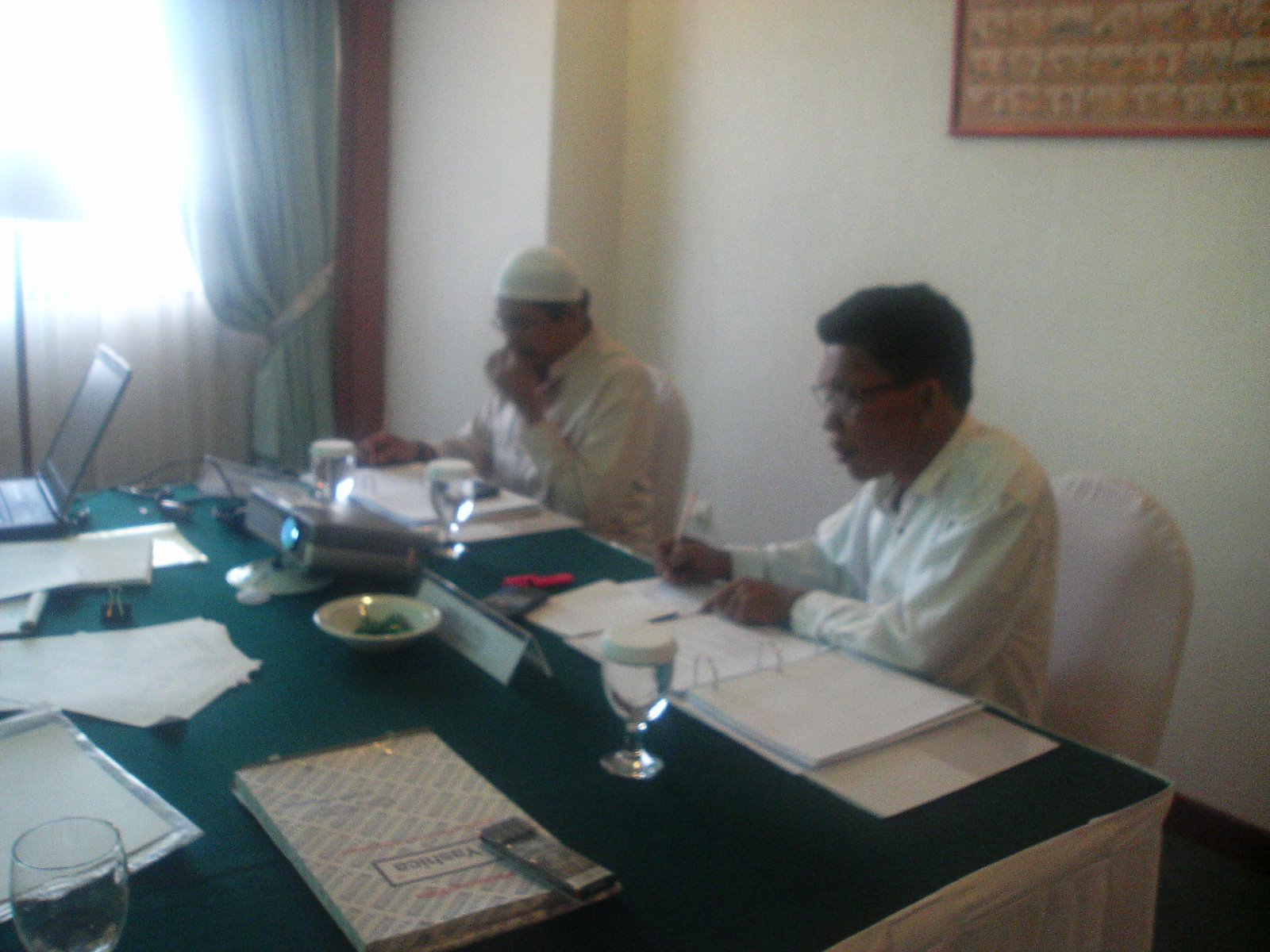The way people define risk has significant repercussions for the way risks are identified
and the way they are managed. Risk professionals see risk as a combination of the consequences of an
event and the likelihood of an event with those consequences occurring (technical risk). However, as
Sandman has pointed out, society’s view of risk equates with hazard plus outrage (sociological risk).
In other words we concentrate on calculating the risk, identifying the controls in place, determining
the residual risk, and assessing on that basis if we will accept the risk or not. The community’s
response, however, equates to the level of outrage the event produces.
Sustainability, likewise, has many definitions and encompasses anything from social justice issues and
the environment to how an organisation can continue to survive a globally competitive environment.
Of recent times organisations have been looking at triple or quadruple bottom line reporting and have
started identifying sustainability as a risk (both threat and opportunity) they must manage to
increasingly greater levels in the future. The nature of sustainability risk is seen as new and emerging,
different to the risks that organizations and risk managers have traditionally faced, and one that will
require different solutions than those that caused it to become an issue in the first place.
While this may be true it is the contention of this paper that risk and sustainability are two sides of the
one coin and are therefore inextricably linked. One cannot be understood without the other.
A holistic model is put forward that clearly identifies the link and demonstrates how an understanding
of both risk and sustainability will be essential for future decision making
Sabtu, 17 Januari 2009
Langganan:
Posting Komentar (Atom)



























































Tidak ada komentar:
Posting Komentar